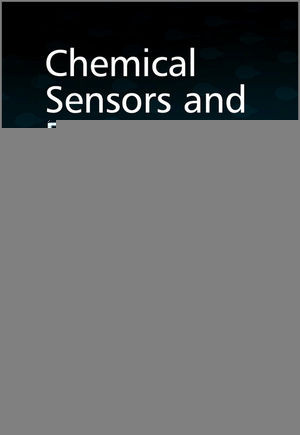

Most ebook files are in PDF format, so you can easily read them using various software such as Foxit Reader or directly on the Google Chrome browser.
Some ebook files are released by publishers in other formats such as .awz, .mobi, .epub, .fb2, etc. You may need to install specific software to read these formats on mobile/PC, such as Calibre.
Please read the tutorial at this link: https://ebookbell.com/faq
We offer FREE conversion to the popular formats you request; however, this may take some time. Therefore, right after payment, please email us, and we will try to provide the service as quickly as possible.
For some exceptional file formats or broken links (if any), please refrain from opening any disputes. Instead, email us first, and we will try to assist within a maximum of 6 hours.
EbookBell Team

0.0
0 reviewsThis is a modern introductory book on sensors, combining underlying theory with bang up to date topics such as nanotechnology. The text is suitable for graduate students and research scientists with little background in analytical chemistry. It is user-friendly, with an accessible theoretical approach of the basic principles, and references for further reading. The book covers up-to-date advances in the sensor field, e.g. nanotechnology, microfluidics, and quantum dots. It includes calculation exercises and solutions, and contains a guide to Laboratory Exercises essential for course instructors and for experimental projects. An accompanying website contains colour illustrations and Powerpoint slides.
Content: